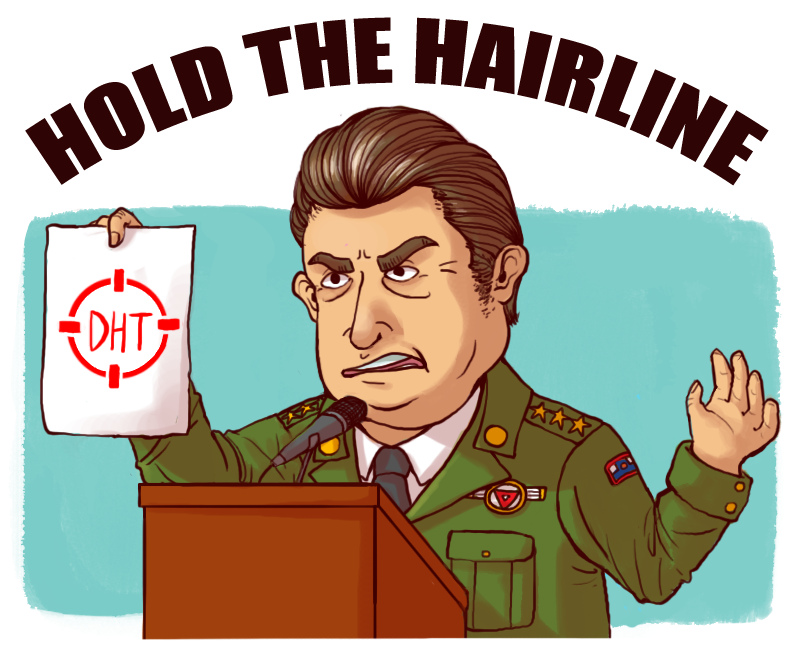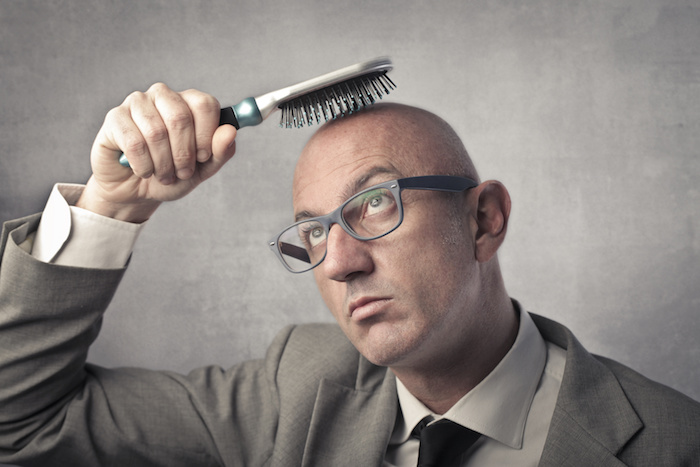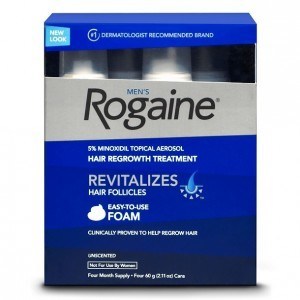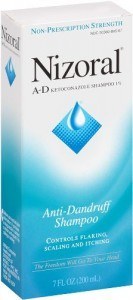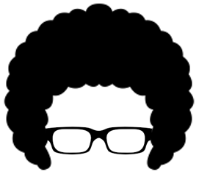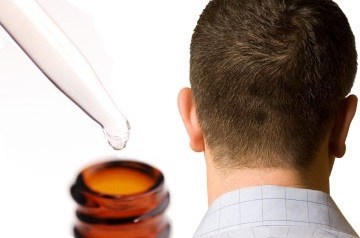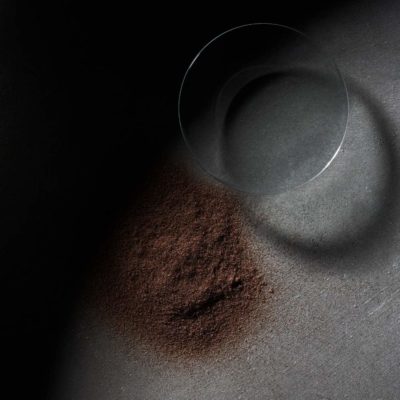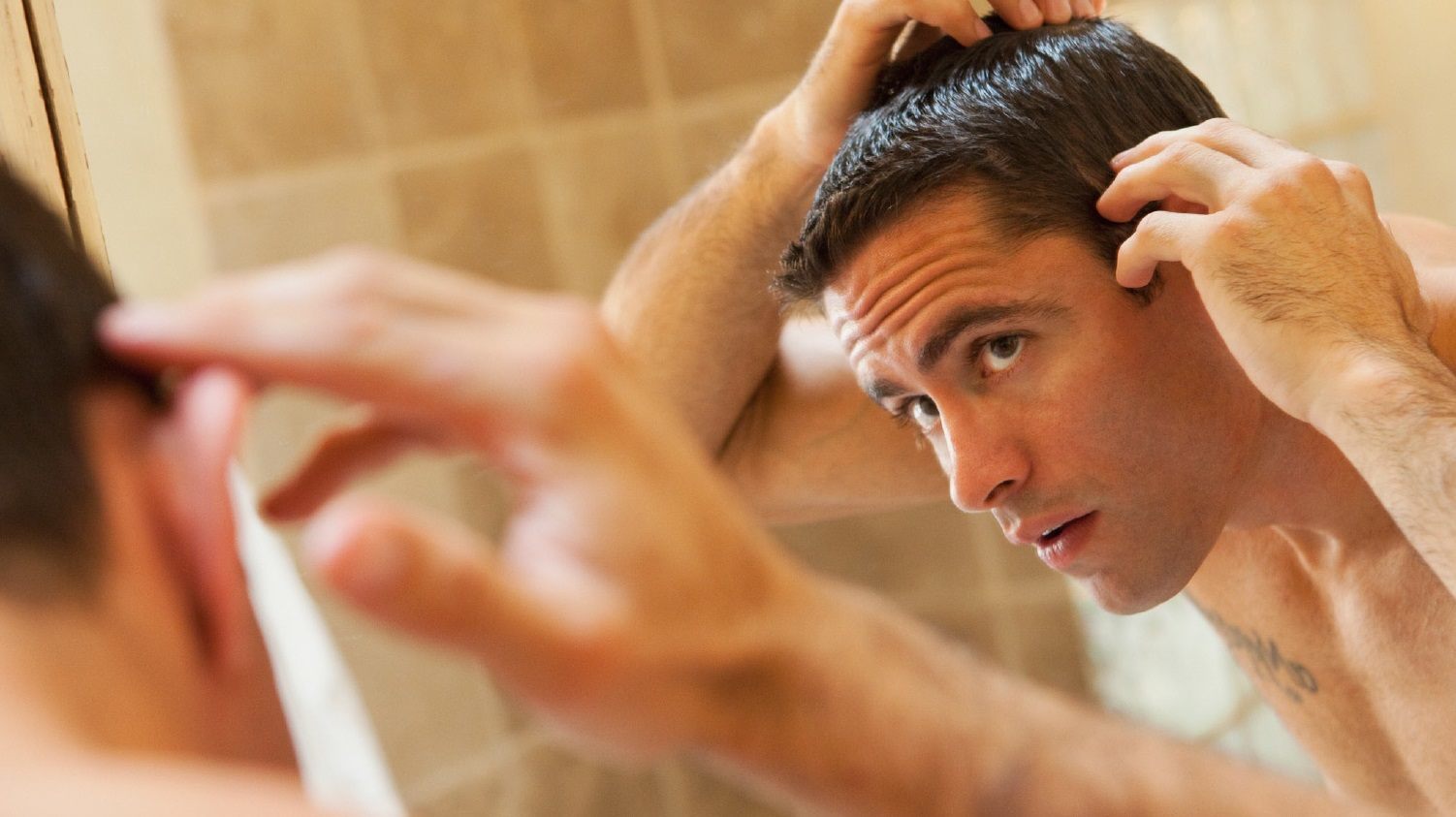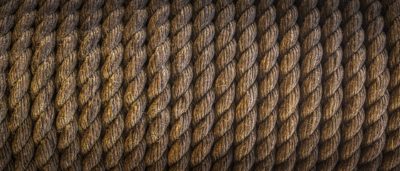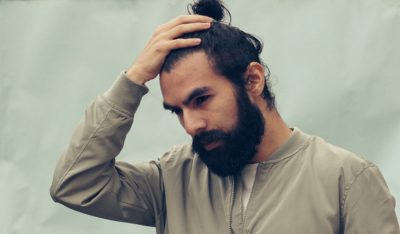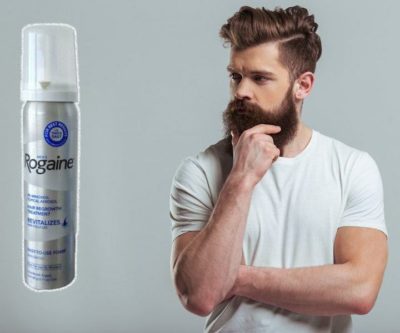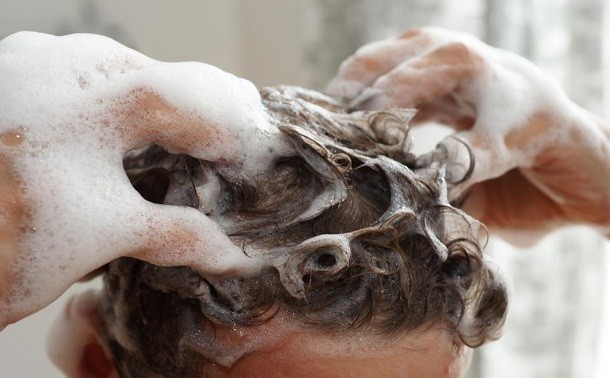Last Updated on August 11, 2020 by Hold the Hairline Team
You’re losing your hair. Through no fault of your own, some of your hair follicles have decided they are calling it quits. Maybe you’re losing ground to a receding hairline, or thinning at the vertex and the top, perhaps the hair at the temples has started to go, maybe all of the above, or maybe most of its gone already. The bottom line is the pandemic of hair loss can come in many different forms and has many stages, all of which are unpleasant.
You can raise your fist at the almighty and curse the lot he hath given you, but your thinning hair is indifferent to how you feel about the situation. Much of the embarrassment that stems from hair loss is contingent upon your age. Someone in their late 30’s who has just started battling a receding hairline is in a different boat than a person in their early 20’s. This may also play a role in influencing your decision on how to approach your own hair loss situation. On Hold The Hairline, we look at a great many of the best hair loss treatments — proven and unproven — and discuss whether they are worth your time.
The Real Cause of Hair Loss
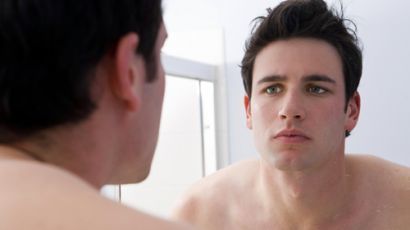
First, let’s face the facts. Male and female pattern baldness is not a result of wearing a hat too tight or a certain hairstyle (yes even that gnarly ponytail during your wild years). It has nothing to do with your diet, excess sweating, nutrient deficiency, or stress. Pattern baldness is caused by genetics. That’s right if you’re suffering from hair loss, you lost in this part of the genetic lottery. Male pattern baldness is called androgenic alopecia, meaning it’s a result of androgens and a genetic predisposition. Your hair follicles are programmed to be sensitive to the changing hormonal activity in your scalp. Damn genetics.
The main known culprit of hair loss is dihydrotestosterone or (DHT). DHT is an androgen. If you’re researching hair loss you’ve probably heard of this bothersome DHT. Anyway, the enzyme 5a-reductase is what creates DHT. This enzyme 5a-reductase is found making DHT in the testes, adrenal glands, prostate, and you guessed it, hair follicles. The DHT binds to the hair cell receptor and causes sensitive hair follicles to atrophy or shrink.
In due course, the hair follicle will stop producing hair altogether and you lose that follicle. Why are certain hair follicles more sensitive to DHT than others that are immune (such as those found along the back of the head)? That is the billion-dollar question, a question scientists have been trying to find the answer to for decades.
To Shave or Not to Shave

Sometimes it can feel like you are on an island when it comes to this whole ordeal of hair loss. Balding is uncomfortable to talk about with others and ultimately will probably just be made light of as a result. After all, it’s just hair, right? In this day and age of appearance obsession that casual dismissal oftentimes comes up a little short. We’d all be kidding ourselves to claim that a full head of hair has little value.
Many surveys have been completed showing that one of the first things women notice about a man is his hair. After all, it grows on your head, and that’s the general area people are looking at when they talk to you. More and more data is being released showing the benefits (even economic ones) of an attractive appearance. It is easy to see why someone would take hair loss seriously, and spend money to prevent it from happening.
Balding can have a dramatic impact on your appearance, sometimes making you appear much older than you actually are (or divergently, much younger if you’ve still got it). Just take a look at Mr. George Bush here as an example. We don’t know if bald Bush would have got so many votes.
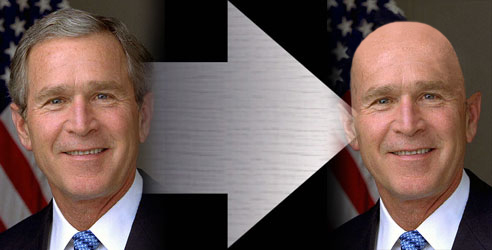
People typically separate into two camps when it comes to the matter of balding. You have the crowd that makes exclamations such as, “Just man up and shave it all off!” “Don’t be insecure!” “Show you’re truly confident by embracing the bald!” “Shaving it all off was the best decision I ever made.” The other side of the fence is busy either attempting to treat the condition in a variety of ways or coming up with ways to hide it (sometimes quite extravagant and creative). We have respect for those men who have had the courage to shave it all off. But we also respect those who are have faced the facts and are logically treating their hair loss. That takes courage too.
But who’s right, you ask? Well, a little reason goes a long way here. As we know, there are many stages of hair loss. The best decision for one guy may be entirely different from the next one. Unfortunately, not everyone is going to be able to pull off the bald look as well as Breaking Bad’s Walter White.
Hold the Hairline’s Opinion
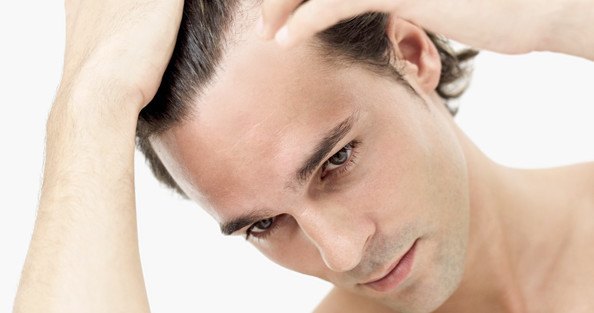
Here’s our take. If you have very little hair remaining, probably the best route for you is rocking the bald look, maybe throw some facial hair in there for good measure. Either keep your remaining hair cut very short or completely shaved. It is highly unlikely that the current hair loss treatments will be able to regrow much of your long-dormant hair follicles. Your best solution, if you’re still committed to gaining some ground, is hair restoration surgery aka transplants.
For the rest of the folks, there is a variety of things to consider. If you still have a modest bit of a hair left, do you think you’d look better with a bald head? Some people don’t look that great with the full hairless look. If you’re just starting to lose your hair—and desire to keep it—shaving it all is unnecessary. As a general rule of thumb, it is easier to maintain the hair you have than stimulate new growth. Another thing to consider is the cost of treating hair loss long term with a regime. It can get pretty spendy.
So that’s the story. You can either choose to wage war on your genetics or let it run its course. Obviously, this is a personal decision, and neither decision is right or wrong. If you decided to go to the treatment route, there are a handful of promising options. The only thing that really matters in these treatments is the ingredients and the data supporting them.
The Best Hair Loss Treatments
Our first impulse is to point you in the direction of getting on the “Big 3” (finasteride, minoxidil, and ketoconazole) regime asap. Why? Because all three of those treatments are FDA-approved, which in and of itself is not the biggest deal, but it does mean each has a good deal of scientific research backing them. This scientific research proves that it is effective in treating hair loss in the majority of men who consistently used the treatment for a specific period of time. At the bare minimum, at least you know you aren’t flushing your money down the toilet on some snake oil when you purchase products with these active ingredients.
1. Finasteride (Brand Name Propecia)
Finasteride is evidently the most effective hair loss treatment currently available. It has the most reliable data supporting its ability to help men maintain their hair and prevent further loss. While it is fairly hit or miss in its ability to help men regrow long lost hair, it is has been proven to stop or slow down further loss in the majority of cases. In studies, about 80% of men taking the drug were able to preserve their original hair follicle count. It eliminates hair loss at the source — by inhibiting DHT (the primary known cause of male pattern baldness) and reducing levels of DHT in the body.
You can read more about Propecia here.
2. Minoxidil (Brand Name Rogaine)
Rogaine is the big one everyone has heard of. If you start balding get ready for at least a few people to crack some Rogaine jokes at you. The active ingredient that actually works the magic is called minoxidil. Kirkland offers generic minoxidil that is significantly less than the name brand Rogaine. There’s a wide array of products that include minoxidil, but if you’re going to give it a try we suggest a 5% formula as they have been shown to be more effective.
Minoxidil is an anti-hypertensive vasodilator medication which is just a fancy way of saying it widens blood vessels and increases blood flow. When applied to the scalp, the result is a stimulant effect that helps hair follicles get the nutrients they need and remain in the anagen growth phase. As you see, it works in a much different way than Finasteride. Results vary widely with Minoxidil, some men see massive results and even new growth where hair was lost long ago. Other men don’t seem to get many benefits.
You can read more about Minoxidil here.
3. Ketoconazole (Nizoral & Other Shampoos)
Ketoconazole is the least important component of the big 3. It is a shampoo product that some men use daily. This topical has been shown to decrease scalp-DHT, whereas Propecia has been shown to decrease scalp DHT and DHT levels in the blood. Ketoconazole is an antifungal drug and is used in shampoo primarily as an anti-dandruff agent. Evidence is a bit more sparse on ketoconazole’s effectiveness in treating hair loss though there have been some encouraging studies.
You can read more about Ketoconazole here.
Everything outside of the Big 3 should be supplementary to a regime unless it has a great deal of evidence support its efficacy. Without evidence, you’re pretty much on your own and will need to conduct your own trials per se, through trial and error. This brings a whole other long list of considerations with it the main ones being if it’s worth the hassle and financial cost. That being said, we aren’t entirely against natural and herbal treatments, particularly if they have some solid data backing them up or at the very least some “social proof.”
Many natural treatments can be a great supplement to a Big 3 regime, ensuring the hair you do regrow and maintain will look healthy and thick. We explore a variety of options on Hold The Hairline. We also continue to follow the promising developments in the hair research realm such as hair cloning. While still on the horizon, you can be sure we will add coverage as soon as these treatments are available to the general public.
More Resources: Top Hair Loss Sites
Here is our list of sites we have found exceptionally helpful. If you found a site that you think deserves to be added to this list let us know.
Hair Loss Talk has been one of the go to resources for treating hair loss. It has some solid guides that bring some clarity to the whole preventing hair loss process. It has the leading forums for discussions on success stories, alternative treatments, hair restoration surgery, hair loss prevention research, and the like.
Great place to go to get in on the latest developments in the hair loss treatment world. The main feature of the site is the talk show. It is an engaging show that discusses a variety of hair loss topics.
American Hair Loss Association
A concise site that outlines the basics every person experiencing hair loss should know. It is a simple site that hits all the important points with their outline and overview formats. They are a great resource for researching the best hair restoration clinics.
